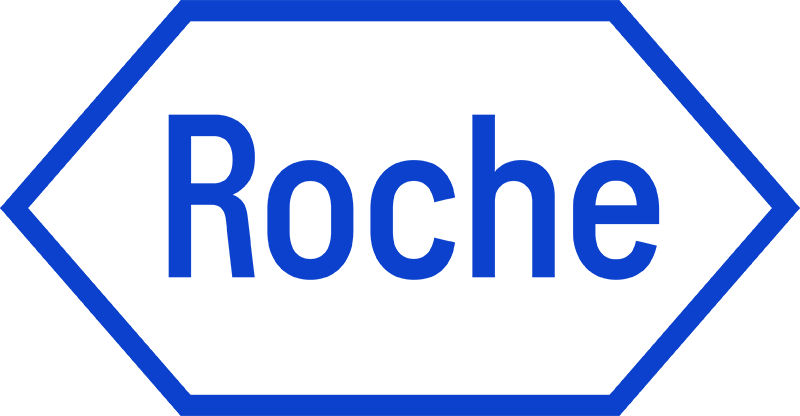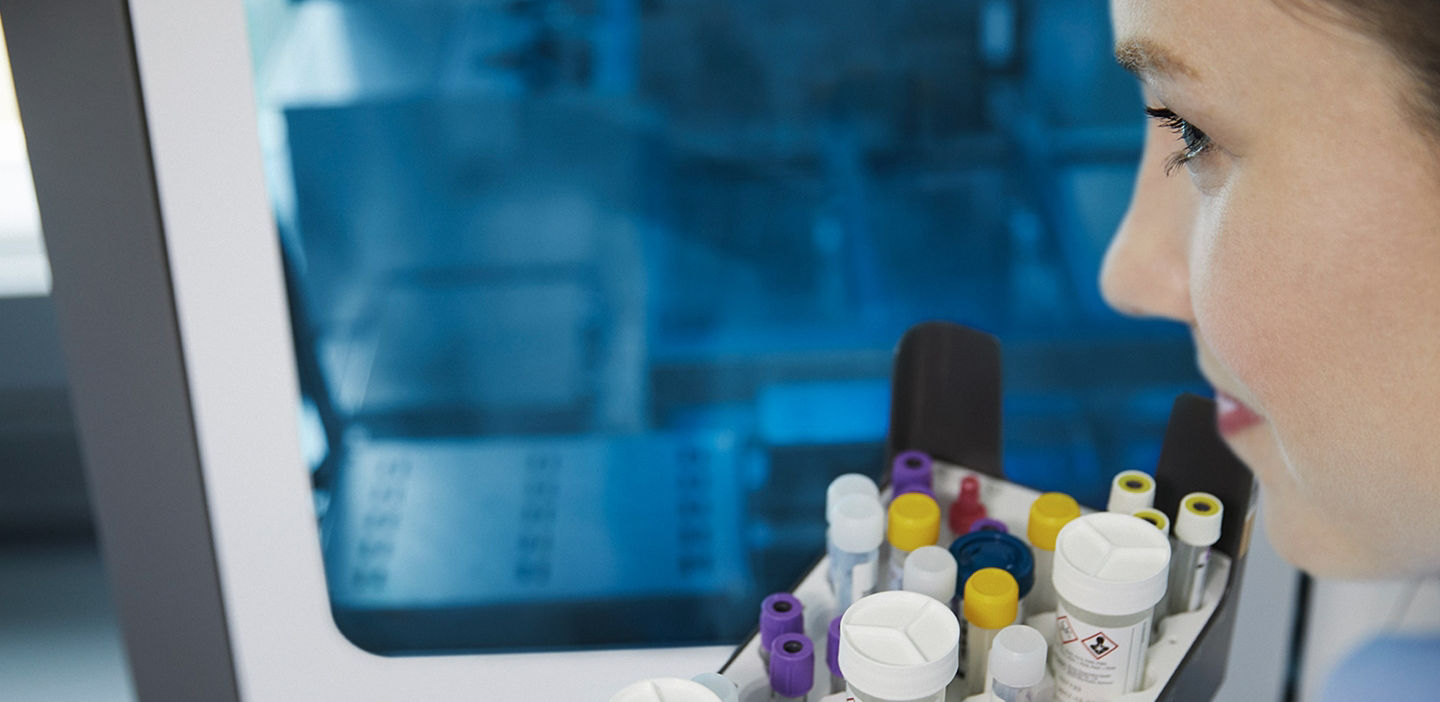Pre-analytical processing is one of the more burdensome parts of a molecular workflow, and up to 75% of all laboratory error occurs during this phase.1
In today’s competitive healthcare environment, laboratories face constant pressure to reduce costs while needing to elevate the value they deliver. During preanalytic sample handling and processing, highly skilled technicians perform repetitive manual tasks, like vortexing, decapping, and labeling tubes.
These time-intensive steps not only cause bottlenecks, they increase the opportunity for human error, put technicians at risk of repetitive motion injuries, and limit the availability of lab staff to perform more challenging tasks.
With the wide variety and volume of samples entering the laboratory for molecular diagnostic testing, complex and error-prone processes must be streamlined if labs want to free-up staff and elevate their value.


